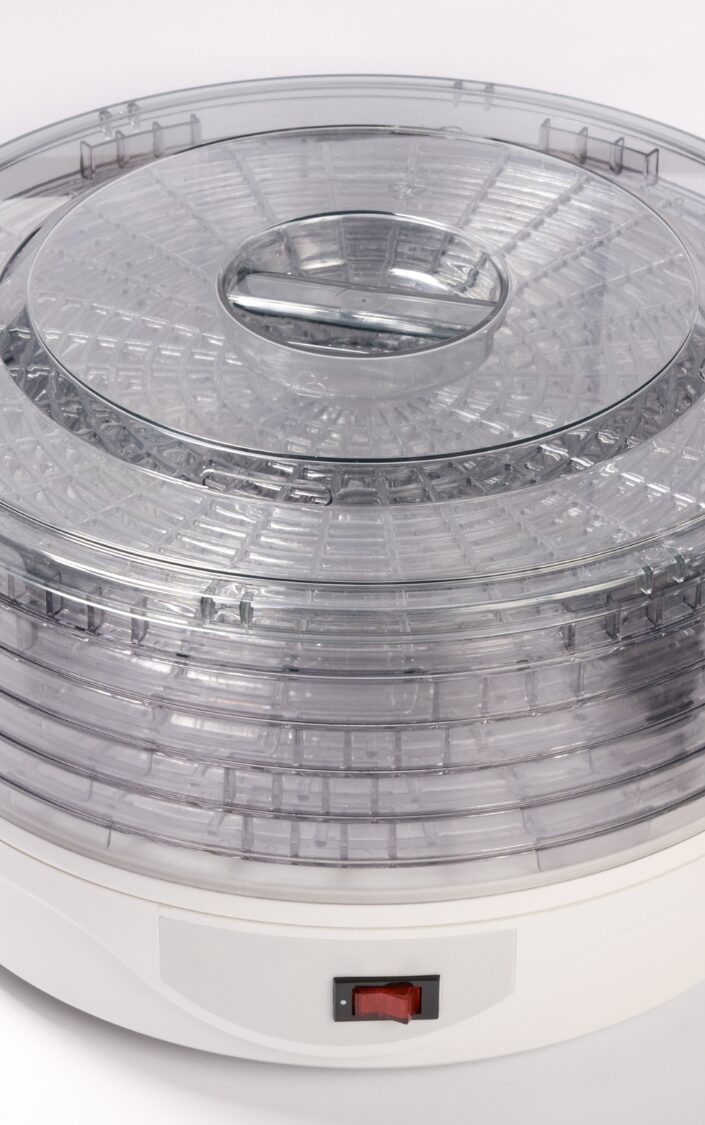
Explore herbal dehydration
Dehydration is another method used to preserve herbs by removing the water content from the plant material. This process involves exposing the herb to low temperatures, air circulation, or other drying agents to evaporate the moisture, resulting in a dried and powdered form.
How does dehydration work?
- Low-temperature drying: The herb is exposed to a controlled environment with low temperatures (usually below 100°F/38°C) to slow down the evaporation of water.
- Air circulation: The air is circulated around the herb to promote even drying and prevent moisture from accumulating in any one area.
- Desiccants or absorbents: Desiccants like silica gel or absorbents like activated charcoal can be used to absorb excess moisture from the air, speeding up the dehydration process.
Benefits of dehydration:
- Long shelf life: Dehydrated herbs have a long shelf life due to their low moisture content, which prevents spoilage and degradation.
- Convenience: The dried form is easy to store, transport, and use in recipes or as an ingredient.
- Flavor preservation: Dehydration helps preserve the herb’s natural flavor and aroma.
Tips for dehydration:
- Choose the right herb: Some herbs are more suitable for dehydration than others. Look for herbs that are high in water content, like basil or mint.
- Adjust temperature and humidity: Experiment with different temperatures and humidity levels to find the optimal conditions for dehydration.
- Monitor drying time: Keep an eye on the drying time to ensure the herb reaches its desired level of dryness.
Common issues with dehydration:
- Herb loss: If not enough moisture is removed, some of the herb’s active compounds might be lost during the process.
- Unstable flavor profiles: The dried form can lose its original flavor and aroma if not stored properly.
Variations on dehydration:
- Air-drying: This method involves exposing the herb to air circulation and low temperatures to dry it out completely.
- Sun-drying: Similar to air-drying, but uses sunlight instead of artificial light sources.
- Microwave drying: This technique uses microwave energy to rapidly dry the herb.
Dried herbs and their uses:
- Herbal teas: Dried herbs can be rehydrated with hot water to create flavorful teas.
- Supplements: The dried form can be used as a dietary supplement, providing essential nutrients and active compounds from the herb.
- Food ingredients: Dried herbs can be used as flavorings or colorants in food products.
Herbs that work well for dehydration:
- Basil: Basil’s bright green leaves make it an excellent candidate for dehydration, resulting in a flavorful and aromatic dried herb.
- Mint: Mint’s hardy leaves are well-suited for dehydration, creating a potent and refreshing dried herb.
- Cinnamon: Cinnamon’s warm, spicy flavor makes it a great choice for dehydration, resulting in a fragrant and flavorful dried herb.
By experimenting with dehydration, you can unlock the full potential of herbs and create dried forms that are perfect for culinary, medicinal, or cosmetic applications!

